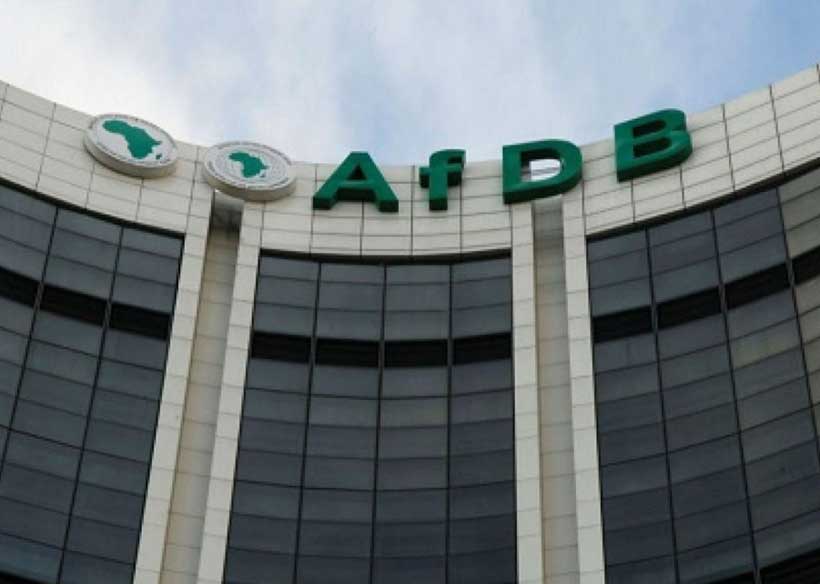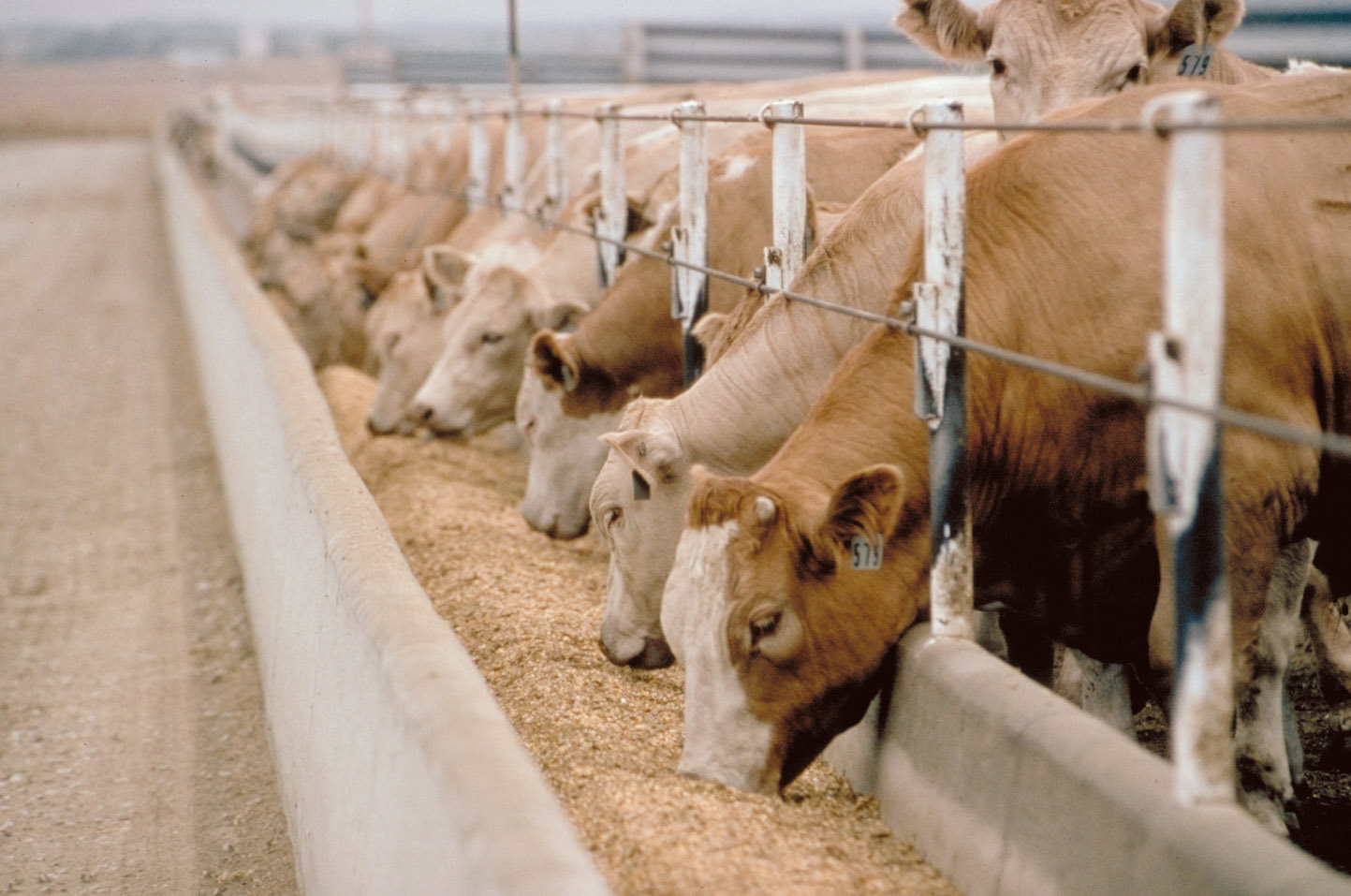Zim ready for first annual crop and livestock
assessment
THE Government yesterday announced plans to roll out the first round of the Crop and
Livestock Assessment from January 20 to 30, 2023 that is designed to avail early
information on the season’s progress in relation to the national agricultural and food
security targets.
Speaking during a press briefing at the Ministry of Agriculture, Lands, Fisheries, Water
and Rural Development offices in Harare, permanent secretary in the Ministry Dr John
Basera said they were mandated to conduct crop and livestock monitoring exercises
annually.
“Crop and livestock assessment is one of the early warning methods to forecast the
national food security status. It gives a snapshot of the performance of the sector and the
different specific sub-sectors of the agricultural economy,” said Dr Basera.
In addition, the Government is looking to verify areas planted to different crops in the
season at national and different sub-national levels, as it is an early warning indicator of
production prospects.
“Crop growth stages, conditions and the establishment of preliminary implications of
the same on the production of different major crops is critical in policy formulation,”
said Dr Basera.
As the Government moves to boost production through the continuation of the
Presidential Input Scheme and Pfumvudza/Intwasa, the assessment will be critical in
evaluating the viability of the initiative whilst ensuring food security. “We will be
assessing and verifying the availability, accessibility, and utilisation of major cropping
inputs by farmers,” said Dr Basera stressing how the assessment will act as a barometer
and gauge for Government flagship programmes.
Agricultural extension officers are the principal enumerators who will collect data from
randomly sampled farmers in every ward of the 1 600 rural wards.
Dr Basera added: “We are urging farmers and stakeholders to cooperate with
enumerators while data collecting, as the this is an important exercise.”
The information will be used for early warning systems, policy programming,
improvement of the national herd, planning for food security and measure performance
of the overall sector and its contribution to the overall economy.
Dr Basera revealed that the ministry would collaborate with different stakeholders such
as farmers’ unions, commodity associations, State-owned departments and agencies
pursuant with the whole Government approach.
In line with modernising and digitalisation of the thrust, modern technologies such
Geographic Information Systems (GIS), open data kit and remote sensing from the
Zimbabwe National Geospatial and Space Agency (ZINGSA) tapping from the recently
launched ZIMSAT1 will be used.
“Each enumerator is provided with an electronic gadget for use during data collection,”
said Dr Basera.-The Herald










